- Home
- Articles
- Architectural Portfolio
- Architectral Presentation
- Inspirational Stories
- Architecture News
- Visualization
- BIM Industry
- Facade Design
- Parametric Design
- Career
- Landscape Architecture
- Construction
- Artificial Intelligence
- Sketching
- Design Softwares
- Diagrams
- Writing
- Architectural Tips
- Sustainability
- Courses
- Concept
- Technology
- History & Heritage
- Future of Architecture
- Guides & How-To
- Art & Culture
- Projects
- Interior Design
- Competitions
- Jobs
- Store
- Tools
- More
- Home
- Articles
- Architectural Portfolio
- Architectral Presentation
- Inspirational Stories
- Architecture News
- Visualization
- BIM Industry
- Facade Design
- Parametric Design
- Career
- Landscape Architecture
- Construction
- Artificial Intelligence
- Sketching
- Design Softwares
- Diagrams
- Writing
- Architectural Tips
- Sustainability
- Courses
- Concept
- Technology
- History & Heritage
- Future of Architecture
- Guides & How-To
- Art & Culture
- Projects
- Interior Design
- Competitions
- Jobs
- Store
- Tools
- More
How Minimalist Architecture Boosts Work Focus and Efficiency
Discover how minimalist architecture can enhance work focus and efficiency in a distraction-filled world. This article explores how clean lines, uncluttered spaces, natural light, and functional design create environments conducive to mental clarity and productivity.

In today’s fast-paced world, distractions are everywhere, and staying focused at work can feel like an uphill battle. That’s where minimalist architecture steps in, offering a refreshing solution to boost our productivity and efficiency. By stripping away the unnecessary, minimalist design creates spaces that encourage clarity and concentration.
We often underestimate the impact of our surroundings on our ability to focus. However, minimalist architecture, with its clean lines and uncluttered aesthetics, fosters an environment where our minds can thrive. It removes the chaos and lets us zero in on what truly matters.
As we explore how minimalist architecture enhances work focus, we’ll discover its potential to transform our workspaces into havens of productivity. It’s not just about aesthetics; it’s about creating an environment that supports our mental well-being and helps us achieve more with less. Let’s delve into the world of minimalism and see how it can redefine the way we work.
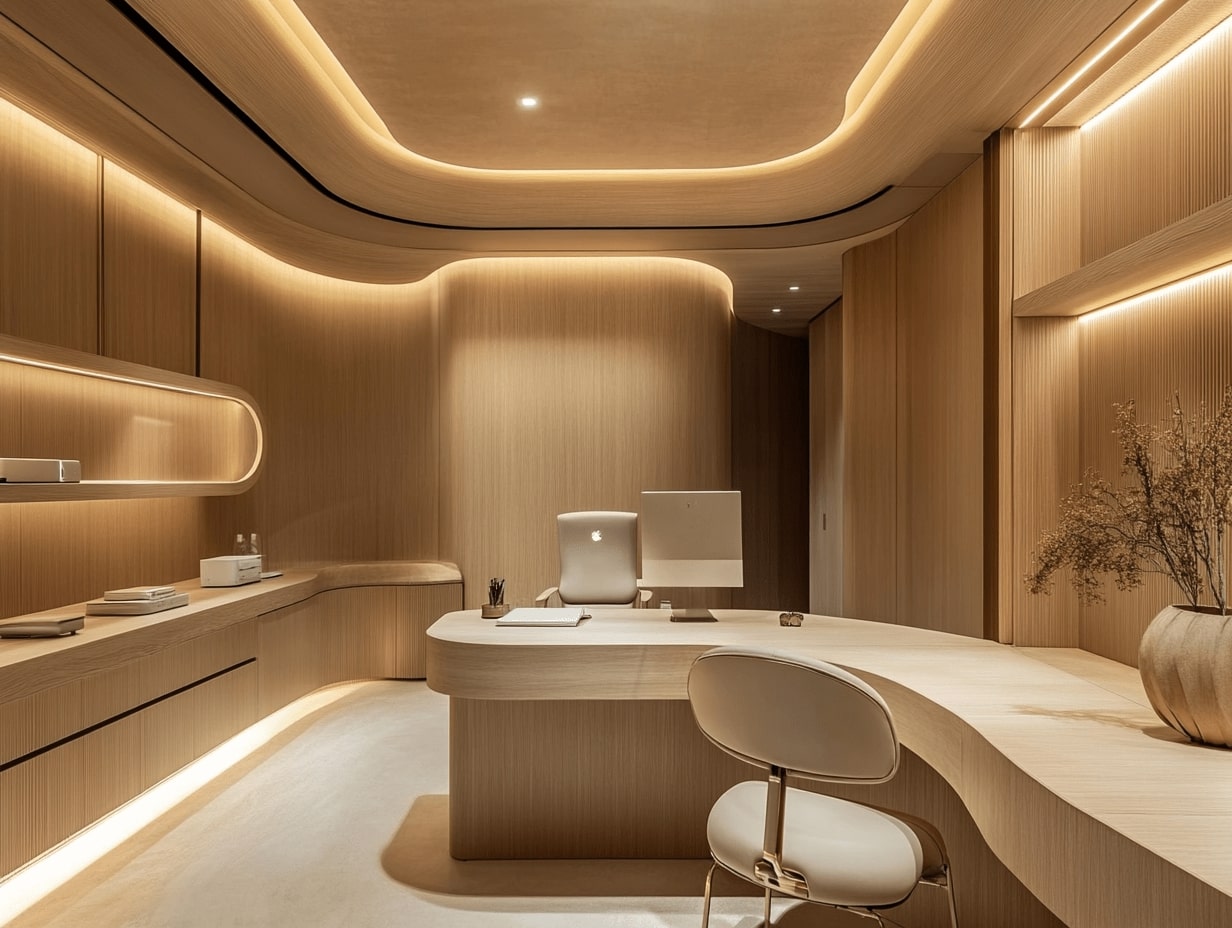
Table of Contents
ToggleUnderstanding Minimalist Architecture
Minimalist architecture revolves around simplicity, using functional elements and open spaces. By focusing on form and function while eliminating unnecessary details, we create environments that enhance clarity. The design incorporates natural light, reducing reliance on artificial lighting, which positively impacts mood and productivity.
Key principles include:
- Simplicity: Clean shapes and structures, removing distractions.
- Functionality: Practical design choices, optimizing space utilization.
- Material Use: Natural materials such as wood and glass, fostering a sense of calm.
In workspaces, these principles translate into designs that minimize clutter. For example, furniture like modular desks and integrated storage solutions offer both aesthetic appeal and utility. By streamlining visual elements, minimalist architecture helps us focus better, improving efficiency and productivity in everyday tasks.
Key Elements of Minimalist Design
Minimalist design centers around creating efficient work space environments that reduce distractions. Key elements include simplicity, open spaces, and the strategic use of colors.
Simplicity and Functionality
Simplicity and functionality are core to minimalist architecture. Designs often feature clean lines and minimal decor, focusing on essential elements to avoid clutter. Functional furniture and storage solutions further streamline workspaces, ensuring every item has a purpose and contributes to productivity.
Open Spaces and Natural Light
Open spaces paired with natural light are crucial for mental clarity and efficiency. An open-plan layout fosters communication while minimizing physical barriers. Natural light reduces the need for artificial lighting, enhancing mood and energy levels. Large windows and skylights are common strategies for maximizing light without compromising design.
Neutral Color Palettes
Neutral color palettes define the serene and calming nature of minimalist environments. Shades of white, beige, and gray create a sense of spaciousness and reduce visual noise. These colors reflect more light, contributing to brighter spaces which support focus and concentration. Accent elements in muted tones can add interest without overwhelming the senses.

Benefits of Minimalist Architecture in Workspaces
Minimalist architecture transforms workspaces into focused environments by employing simplicity and functional design, leading to enhanced productivity. Our surroundings significantly impact our efficiency, and minimalist spaces help create the ideal setting for work.
Reducing Distractions
Minimalist design reduces distractions by eliminating unnecessary elements and clutter. Clean lines and open spaces ensure that only essential items remain, helping minimize the visual stimuli that often disrupt concentration. Elements like streamlined furniture and hidden storage options facilitate a distraction-free zone conducive to focused work.
Encouraging Organization
Organization is encouraged in minimalist workspaces, where every item has a designated place. Integrated storage solutions keep materials out of sight yet accessible, simplifying the process of staying organized. This approach not only optimizes space but also reduces time spent searching for items, further improving efficiency.
Promoting Mental Clarity
Mental clarity is promoted through airy, well-lit environments that minimalist architecture provides. Natural light plays a crucial role, boosting mood and alertness. Neutral color palettes, found in many minimalist designs, contribute to a calming atmosphere that supports cognitive functioning and enhances focus, enabling us to maintain mental sharpness throughout the workday.

Case Studies of Minimalist Workspaces
Observing real-world examples helps us understand how minimalist design benefits work environments. Let’s explore different sectors adopting this approach.
Tech Startups Adopting Minimalism
Tech startups often embrace minimalist architecture to stay agile and innovative. Open-plan layouts, for example, remove physical barriers, encouraging collaboration and creativity. Startups like Dropbox and Airbnb integrate clean, uncluttered spaces with modern furniture, which foster an environment aiding focus and productivity. This design mentality aligns with their need for flexible, adaptive workspaces that support rapid development and fluid teamwork.
Corporate Offices and Minimalist Design
Many corporate offices are also turning to minimalist design for efficiency gains. Companies like Apple and Google incorporate minimalist elements like natural light and simple color schemes to enhance employee well-being. These workspaces are designed using functional furniture and integrated storage that eliminate excess clutter, creating a streamlined environment where employees can concentrate on tasks without distractions. Adopting minimalist architecture within corporate settings ensures a professional atmosphere that boosts focus and efficiency across daily operations.
Designing a Minimalist Workspace for Enhanced Efficiency
A minimalist workspace improves productivity by reducing distractions and enhancing focus. By carefully selecting furniture and incorporating nature, these spaces become tailored environments for efficiency.

Essential Furniture and Equipment
Choosing the right furniture is crucial in minimalist design. We select pieces that serve multiple purposes, such as modular desks or integrated storage, to maximize space. Ergonomic chairs with clean lines support comfort without cluttering the area. Technology integration, like wireless devices and multi-functional gadgets, reduces cable mess, further streamlining the workspace. Minimalistic organization tools, like sleek shelves or concealed storage units, maintain order and accessibility, fostering an unobstructed workflow.
Incorporating Nature and Greenery
Nature plays a vital role in enhancing productivity in minimalist workspaces. We use plants to add a touch of greenery, which improves air quality and provides a calming visual element. Biophilic design, which connects indoor spaces with nature, further enhances mood and focus. Strategically placed plants or natural materials, like wood and stone, create harmony within the workspace. Access to natural light is optimized by positioning desks near windows or using translucent dividers, which helps regulate the circadian rhythm and boosts overall efficiency.
Potential Drawbacks and Considerations
Minimalist architecture does have its challenges. Primarily, its strict focus on simplicity can lead to an overly sterile environment if not thoughtfully executed. Ensuring minimalism without sacrificing warmth or personal comfort requires a nuanced approach. For instance, the absence of personal touches might reduce a sense of personalization, impacting emotional well-being.
Cost considerations are also important. While minimalist design often seems cost-effective due to fewer elements, sourcing high-quality materials and furniture can actually increase initial expenditures. It’s vital to balance aesthetic simplicity with budget constraints.
Adaptability might pose another concern. Not all workspaces suit a minimalist design, especially in industries requiring numerous tools or materials. We should consider operational needs to avoid hindering functionality.
Lastly, achieving the intended focus might backfire; too minimal an environment may become monotonous or uninspiring. Incorporating dynamic elements and flexibility can mitigate this, ensuring the space remains engaging yet uncluttered.
Conclusion
Minimalist architecture offers significant advantages for enhancing work focus and efficiency. By designing environments with clean lines, uncluttered spaces, and natural light, we promote mental clarity and reduce distractions. Our surroundings play a crucial role in shaping concentration, and minimalist workspaces provide the conditions necessary for improved productivity and well-being. Real-world examples from tech startups and corporate offices show the tangible benefits of this design philosophy, driving innovation and fostering a professional atmosphere. While challenges exist, thoughtful execution and balance between simplicity and personalization help overcome them. Minimalism remains a viable strategy to transform workspaces into productive havens.
- architecture and focus
- architecture for concentration
- architecture for enhanced focus
- architecture for productivity
- designing for workplace productivity
- effective workspace design
- efficient architecture
- efficient workspace design
- focus boosting architecture
- focus enhancing architectural design
- minimalism in office architecture
- minimalist architecture benefits
- minimalist design for work
- Minimalist Office Design
- minimalist space design
- minimalist work environment
- minimalistic office benefits
- office efficiency design
- productive office layout
- work focus and productivity design
- workspace design strategies. 4o mini
- workspace efficiency
- workspace optimization
- workspace productivity improvement
4 Comments
Submit your architectural projects
Follow these steps for submission your project. Submission FormLatest Posts
How Modern Bridges Balance Aesthetics and Engineering
How modern bridges balance aesthetics and engineering: explore form-driven systems, case studies,...
Exterior & Interior Remodeling Tips Every Homeowner Should Consider
Home upgrades reshape comfort, improve function, and strengthen long-term property value. Whether...
Top 8 Luxury Vacation Rentals Features Guests Love Most
A luxury vacation rental offers an entirely different experience than a typical...
Why Local Expertise Matters: Choosing the Right Plumbers in Townsville
Why Local Expertise Matters: Choosing the Right Plumbers in Townsville When it...


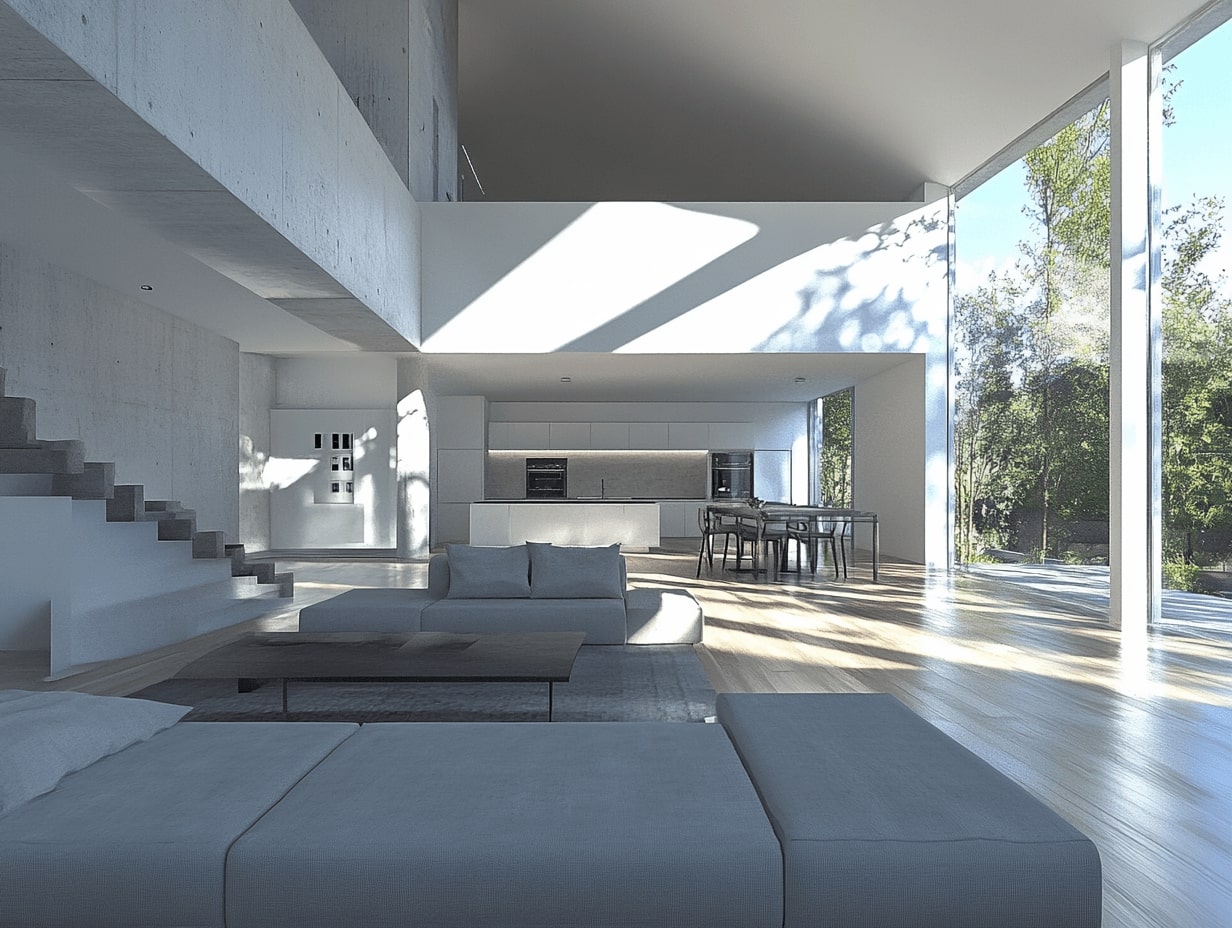


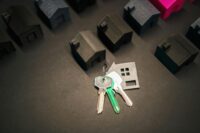
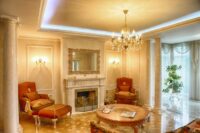
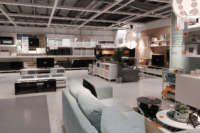
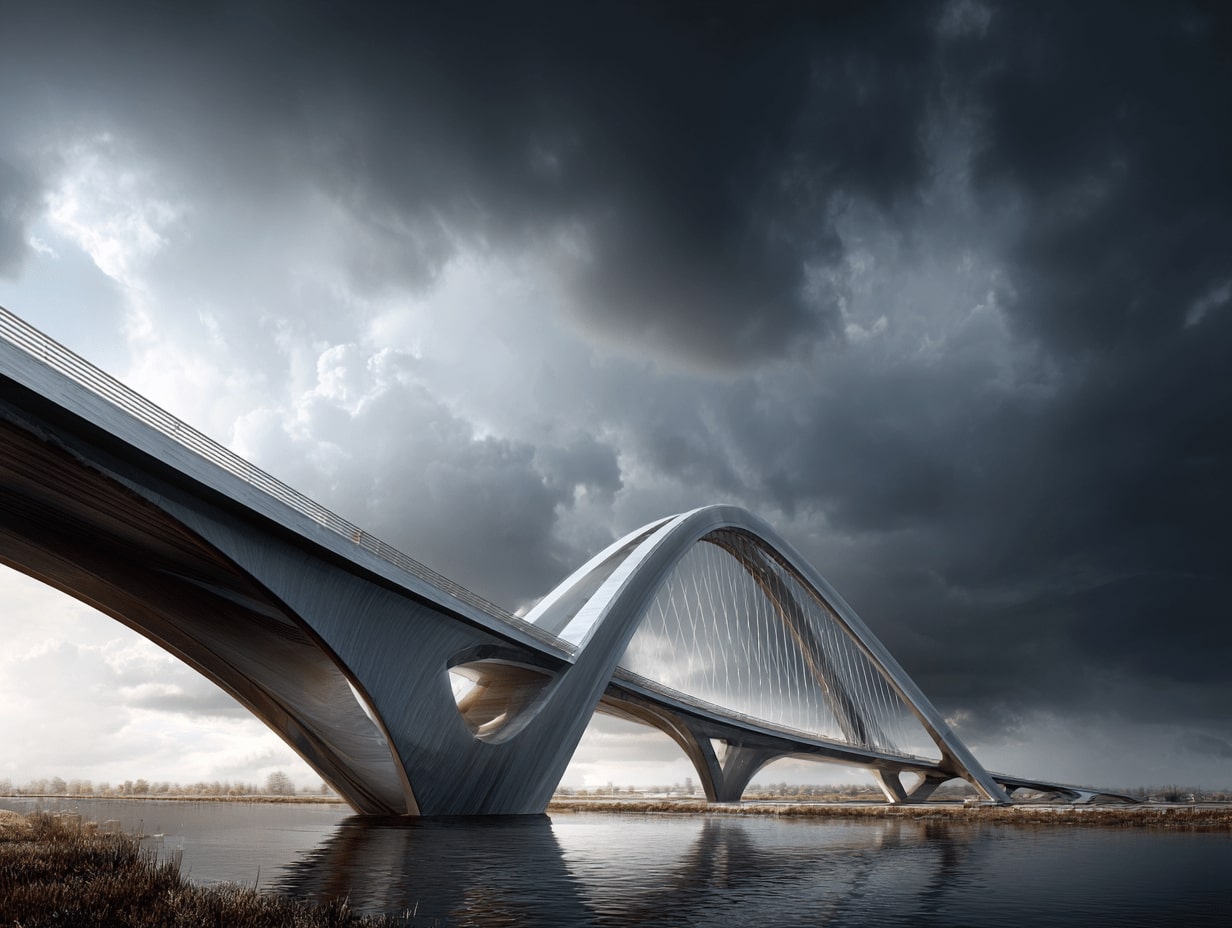
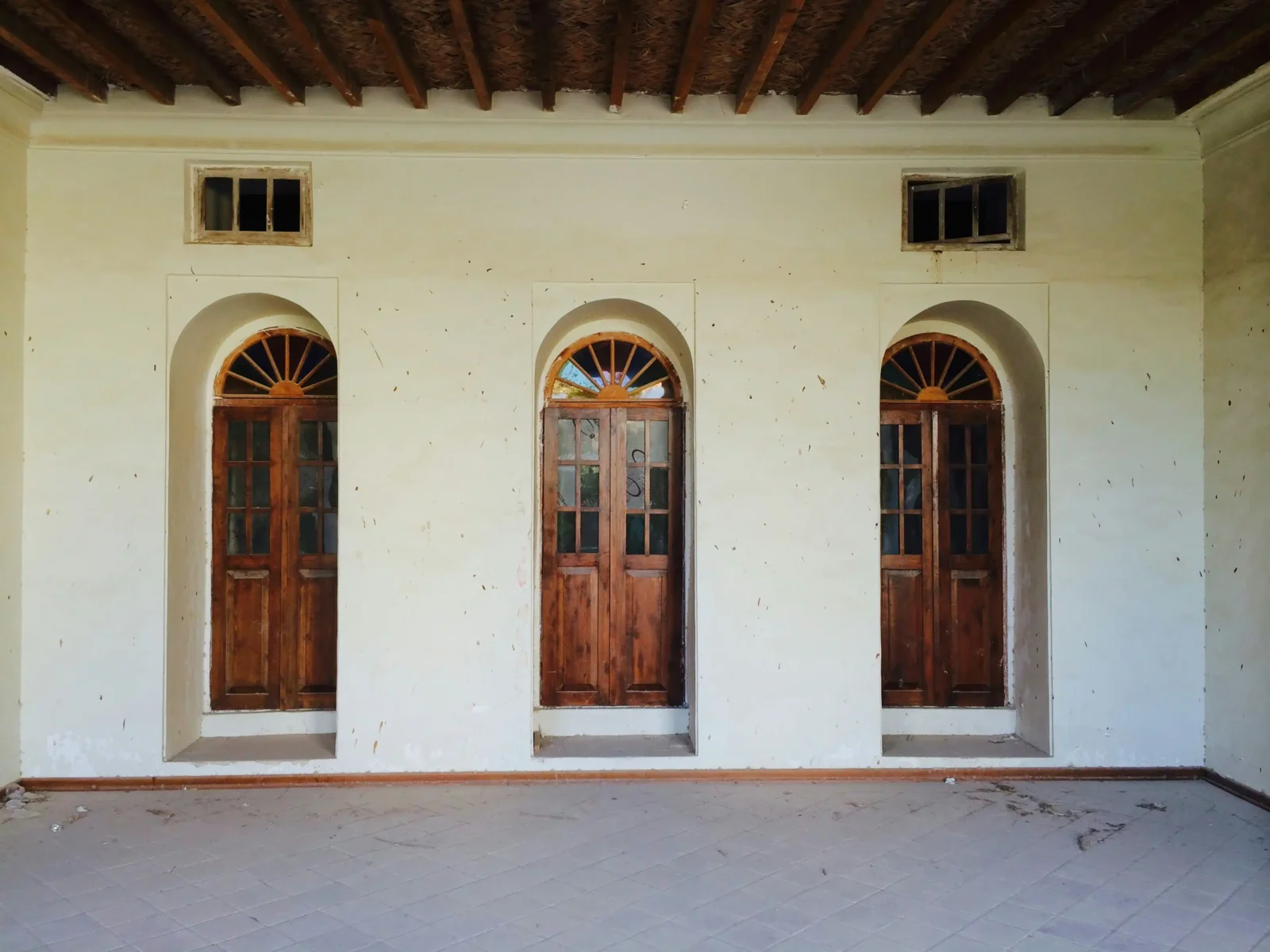


I appreciate your creativity and the effort you put into every post. Keep up the great work!
I love how you incorporate personal stories and experiences into your posts It makes your content relatable and authentic
Keep up the fantastic work!
Let’s spread the love! Tag a friend who would appreciate this post as much as you did.